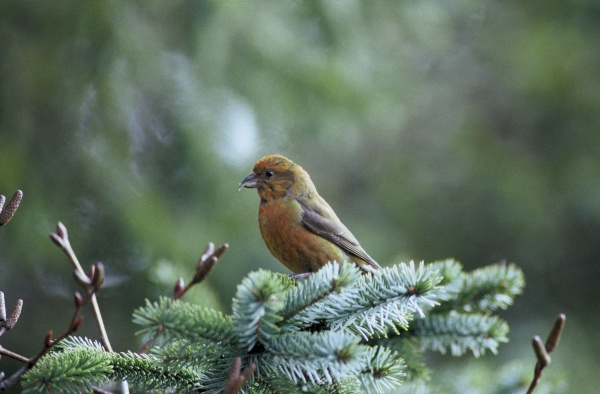Facts About Crossbill
The crossbill, belonging to the genus Loxia in the finch family, stands out due to its unique mandibles with crossed tips—a distinctive feature that gives the group its name. There are six species of crossbills, with males typically exhibiting red or orange plumage, while females usually display green or yellow feathers. These birds are adept at feeding on conifer cones, using their specialized bills to extract seeds. Crossbills are predominantly found in northern latitudes, and interestingly, they breed early in the year to take advantage of the cone supply.
Carl Linnaeus first described the genus Loxia in 1758. Studies suggest that crossbills and redpolls share a common ancestor. However, distinguishing the different species of crossbills can be challenging due to variations in head shape and bill size. In North America, vocalization studies have shown that distinct populations of red crossbills have adapted to different types of conifer species. Despite these adaptations, genetic research has revealed minimal genetic differences between crossbill types, likely because they interbreed.
Each species of crossbill has evolved to specialize in feeding on specific types of conifers, with their bill shapes fine-tuned to suit this purpose. The exact reason behind the bill-crossing phenomenon remains a mystery, but genetic factors might play a role. When their preferred conifer seeds are scarce, crossbills can switch to other seed types, although they do so with less efficiency.

 Algeria
Algeria